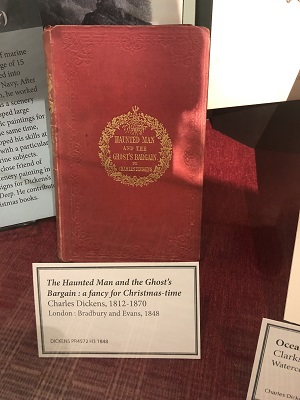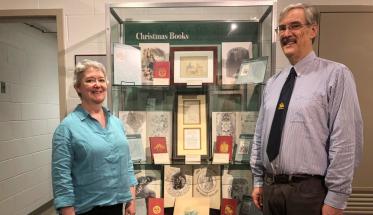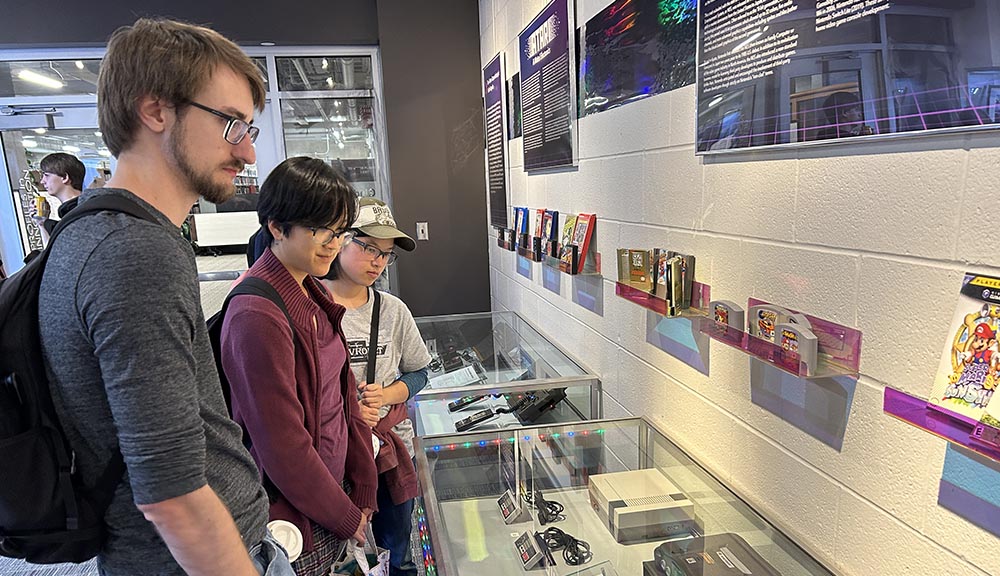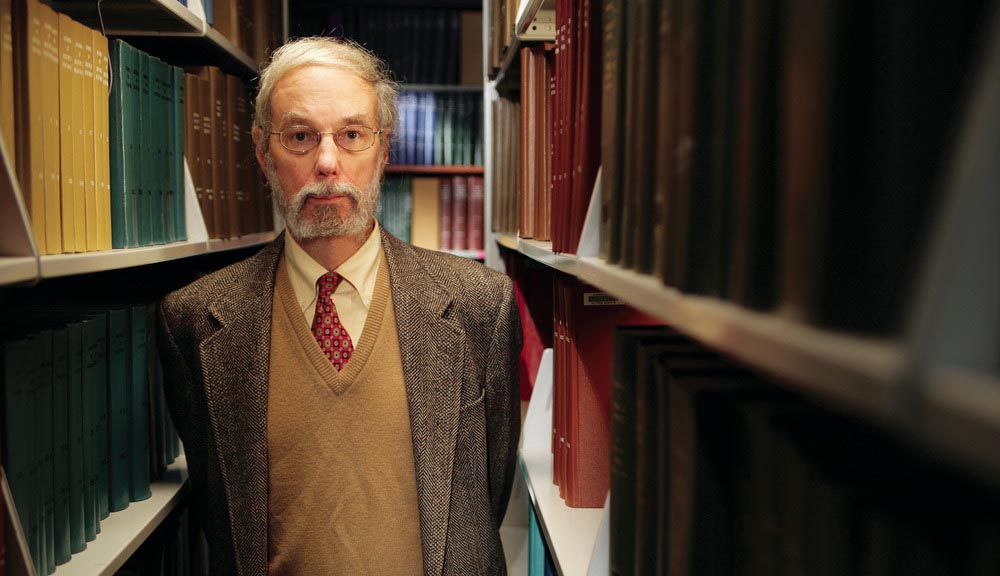When you think of Charles Dickens, what holiday comes to mind? Is it Christmas, due to his holiday staple A Christmas Carol? If you dig a little deeper, you’d be surprised to find that the works of this writer may actually have something in common with Halloween. Consider his use of ghosts as characters.
“The ghost story as a form has always been popular, and Dickens wrote many such stories. ‘The Signalman’ is one of the spookiest,” said English Professor Joel J. Brattin, a Dickens expert. “I think the main reason he uses spirits—and he plays with the idea even in his first novel, The Pickwick Papers—is that he thinks it’s fun, and it allows him to explore different fictional ideas and approaches, while still staying grounded in realism.”

WPI is home to a remarkably rich collection of Charles Dickens’s works, some of which are now on display as part of “Illustrating Every-Day Life: Dickens and His Artists” in the Gladwin Gallery on the ground floor of Gordon Library. The exhibit includes many rare materials from WPI’s Dickens collections and on loan from the collection of Daniel and Alice Ryan. It features over 20 original works of art, six unique manuscripts, and numerous illustrations from Dickens’s novels and Christmas books.
In 1995, WPI acquired the Robert D. Fellman collection on Charles Dickens, which established the university as the premier source for Dickens materials in central Massachusetts.
The current exhibit is a chance to learn more about the artists behind the illustrations that accompany Dickens’s works. “We chose to feature the illustrators of Dickens’s novels and Christmas books, in part because both the Fellman collection and the Ryan collection have many wonderful examples of the artists who worked with Dickens,“ said Kathleen Markees, Gordon Library’s Special Collections curator. “Visual imagery is another way for the viewer and the reader to engage with Dickens.”
As this is the time of year when we give ghosts their due, you might enjoy seeing what evidence of spirits you can find in the exhibit now on display. The specter of ghosts figures prominently in the following passage from Dickens’s A Tale of Two Cities:
“He seemed to stand in a company of the dead. Ghosts all! The ghost of beauty, the ghost of stateliness, the ghost of elegance, the ghost of pride, the ghost of frivolity, the ghost of wit, the ghost of youth, the ghost of age, all waiting their dismissal from the desolate shore, all turning on him eyes that were changed by the death they had died in coming there.”
By: Lauren Borsa Curran




